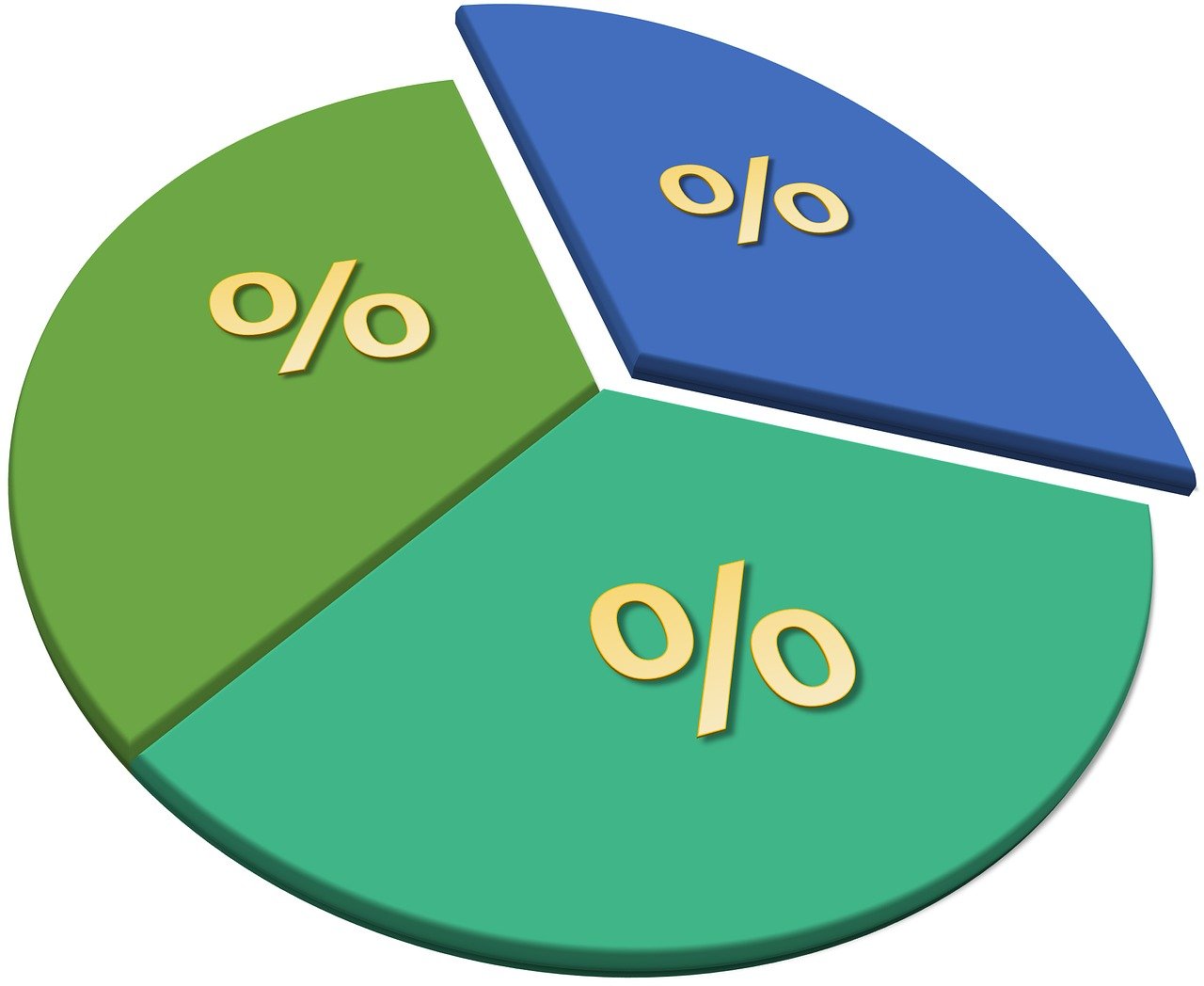Percentage Increase Calculator
Result:
Our percentage increase calculator is the perfect tool to calculate the percentage increase by providing the initial and final values. This tool will help you to calculate the increase from one number to another in a percentage format.
Have you ever wondered how stores calculate their sales or how much your allowance has increased from last year? Understanding percentage increase is an important skill that can be useful in many situations, from shopping to budgeting and beyond.
A percentage increase is a way to express how much something has gone up in value compared to its original value. For example, if your allowance increased from $10 last year to $12 this year, you would want to know the percentage increase to understand how much more money you're getting.
On this page, we'll explore what percentage increase is, how to calculate it, and why it's an essential concept to understand.

How to Calculate Percent Increase
Calculating percent increase is a straightforward process that involves following a few simple steps. Let's break it down:
Step 1: Identify the original value and the new value
The original value is the starting point or the amount before the increase. The new value is the amount
after the increase.
For example, let's say your favorite candy bar used to cost $1, and now it costs $1.20. In this case, $1 is the original value, and $1.20 is the new value.
Step 2: Subtract the original value from the new value
To find the difference, you need to subtract the original value from the new value.
In the candy bar example, the difference would be:
$1.20 - $1 = $0.20
Step 3: Divide the difference by the original value
Now, divide the difference you found in step 2 by the original value.
For the candy bar:
$0.20 / $1 = 0.2
Step 4: Multiply the result by 100 to get the percentage increase
Finally, multiply the result from step 3 by 100 to convert it to a percentage.
Continuing with the candy bar example:
0.2 × 100 = 20%
So, the percentage increase in the price of the candy bar is 20%.
Example problem with solution:
Last year, a movie ticket cost $8. This year, the same movie ticket costs $9.60. Calculate the
percentage increase in the price of the movie ticket.
Step 1: Identify the original value and the new value
Original value = $8 (last year's price)
New value = $9.60 (this year's price)
Step 2: Subtract the original value from the new value
$9.60 - $8 = $1.60
Step 3: Divide the difference by the original value
$1.60 / $8 = 0.2
Step 4: Multiply the result by 100 to get the percentage increase
0.2 × 100 = 20%
Therefore, the percentage increase in the price of the movie ticket is 20%.
Percent Increase Formula
The steps we've covered can be summarized into a formula for calculating percent increase:
Percent Increase = (New Value - Original Value) / Original Value × 100
Let's break down this formula:
- New Value is the amount after the increase
- Original Value is the starting amount before the increase
- The difference between the new value and the original value is divided by the original value
- Finally, the result is multiplied by 100 to convert it to a percentage
Using this formula, you can calculate the percent increase for any situation where you have the original and new values.
Calculating Percent Decrease
While we've focused on percent increase so far, it's also important to understand how to calculate percent decrease. This is useful when dealing with discounts, price drops, or any situation where a value has decreased.
Here are the steps to calculate percent decrease:
Step 1: Identify the original value and the new value
The original value is the starting amount before the decrease, and the new value is the amount after the
decrease.
Step 2: Subtract the new value from the original value
This gives you the difference between the two values.
Step 3: Divide the difference by the original value
Step 4: Multiply the result by 100 to get the percentage decrease
Example problem with solution:
A sweater originally cost $40, but it was on sale for $32. Calculate the percentage decrease in the
price of the sweater.
Step 1: Identify the original value and the new value
Original value = $40 (original price)
New value = $32 (sale price)
Step 2: Subtract the new value from the original value
$40 - $32 = $8
Step 3: Divide the difference by the original value
$8 / $40 = 0.2
Step 4: Multiply the result by 100 to get the percentage decrease
0.2 × 100 = 20%
Therefore, the percentage decrease in the price of the sweater is 20%.
Other Similar Calculators
Check out other calculators that are similar to this one.
Frequently Asked Questions (FAQ)
What is the difference between percent increase and percent decrease?
Percent increase is used when a value has gone up, while percent decrease is used when a value has gone down. The calculations are similar, but the steps are reversed: for percent increase, you subtract the original value from the new value, while for percent decrease, you subtract the new value from the original value.
Can you have a negative percent increase?
No, a percent increase cannot be negative. If a value has decreased, it would be expressed as a percent decrease instead.
How do you calculate the percent increase when the original value is zero?
If the original value is zero, you cannot calculate the percent increase using the standard formula because you would be dividing by zero, which is not allowed in mathematics. In this case, you can simply state that the new value represents an increase from zero.
What are some real-life applications of percent increase calculations?
Percent increase calculations are used in various real-life situations, such as:
- Tracking salary increases or decreases
- Calculating price changes for goods and services
- Monitoring population growth or decline
- Analyzing investment returns
- Evaluating changes in sales or revenue
How can percent increase calculations be useful in budgeting and finance?
Percent increase calculations are particularly useful in budgeting and finance. For example:
- When creating a budget, you can calculate the percent increase in your expenses from the previous year to plan accordingly.
- When investing, you can calculate the percent increase in the value of your investments to track your portfolio's growth.
- When applying for a loan or credit card, lenders may calculate the percent increase in your income to determine your ability to repay the debt.
Find Calculator
Popular Calculators
Other Calculators
